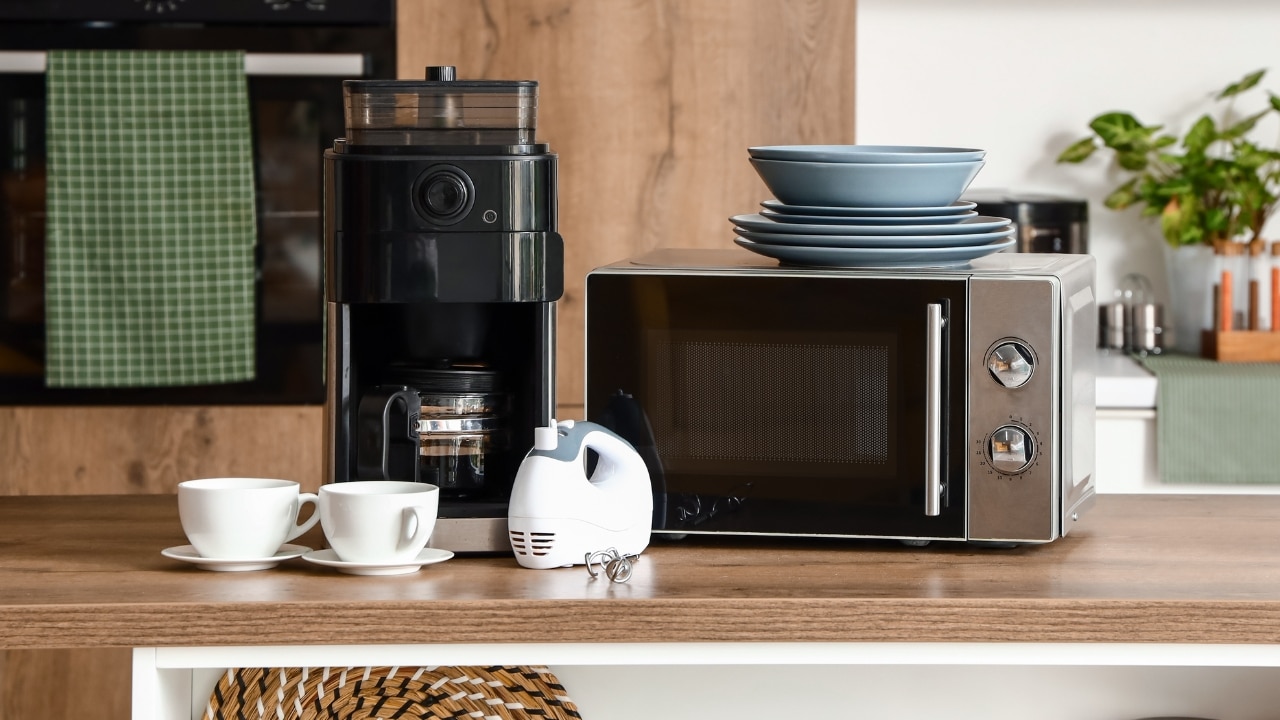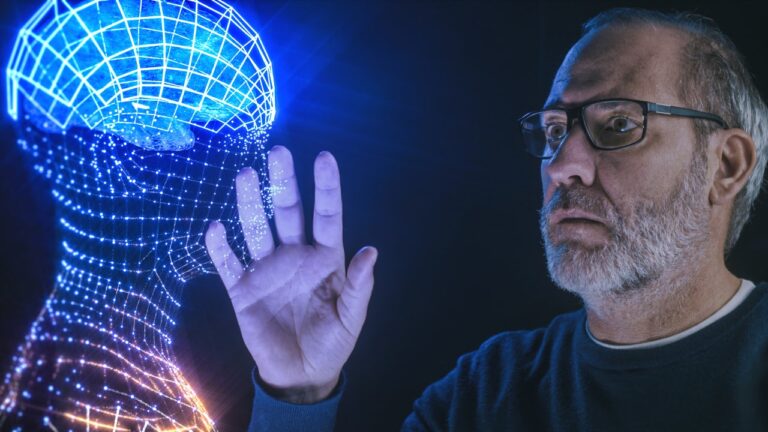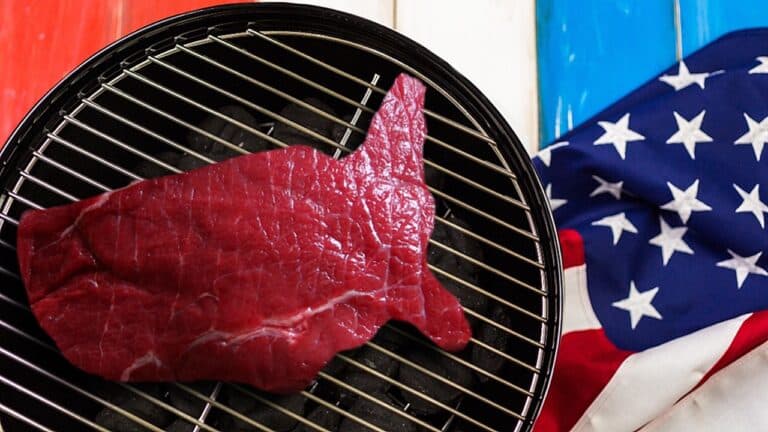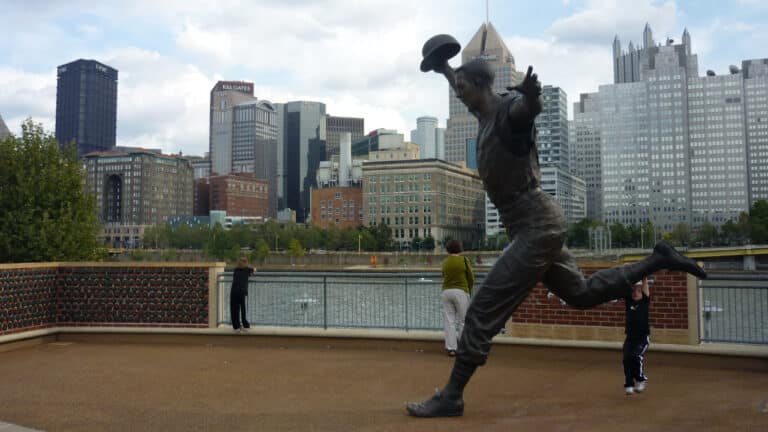10 Iconic Inventions That Were Born Out of Chance

Some of the most amazing inventions that we use and take for granted every day were discovered by accident. We tend to think of inventions as the end product of years of research and trials, but that’s not always the case.
The next time you reheat food in a microwave, super glue a broken item, or enjoy an ice cream cone, remember that each of those inventions is 100% serendipitous — the happy end result of someone trying to accomplish something else entirely.
Although there are numerous examples of inventions discovered randomly, you probably use more than one of the following inventions regularly. Appreciate these happy and helpful accidents!
Microwave Oven

A microwave oven heats food by exposing it to electromagnetic radiation generated by a high-frequency electromagnetic field. The heating occurs in the food itself — not the surrounding air or the plate the food is on — to reduce cooking time.
According to the Smithsonian, Percy Spencer was experimenting with radar in 1945 when he noticed that a magnetron emitted heat-generating microwaves. Spencer patented the microwave oven called the RadaRange, the first models of which were 6 feet high and weighed 750 pounds.
Today, much smaller microwave ovens are fixtures in nearly every home in America.
Penicillin

If you made a list of the most important inventions in history, penicillin would be up there near the top even though its discovery was a pure accident.
In 1928, Dr. Alexander Fleming returned from a holiday and discovered that a mold called Penicillium notatum inhibited the growth of bacteria he had left in Petri dishes. Further investigation revealed that a chemical in the mold killed bacteria, leading to the creation and distribution of one of the first antibiotics: penicillin.
Although some types of bacteria have developed a resistance to penicillin and certain people are allergic to the antibiotic, penicillin is still widely used today to treat bacterial infections.
X-Ray Machine

German physicist Wilhelm Conrad Röntgen discovered X-rays in 1895 when he was testing to see if cathode rays could pass through glass. He observed that cathode rays not only passed through glass, but they made a nearby chemically coated screen glow. He called the rays “X-rays” because of their unknown origin.
Röntgen’s accidental discovery led to the creation of the X-ray machine, which doctors used to look inside the human body without surgery. Although exposure to too much X-ray radiation is harmful, doctors, dentists, and airports still use X-ray technology today.
Super Glue

How many times have you used superglue to mend a broken item? The glue with the ingredient cyanoacrylate got its start as something else entirely for the U.S. military.
In 1942, Dr. Harry Wesley Coover discovered cyanoacrylate while attempting to create clear plastic gunsights for Allied troops, but the compound proved too sticky for its intended use. Coover, who became known as Mr. Super Glue, patented the substance in 1956 after rediscovering it while researching heat-resistant polymers for jet canopies.
During the Vietnam War, military doctors working in the field used superglue on injured soldiers to stop bleeding until they could get treatment at a better facility. Despite being initially rejected by the military before becoming a household product, super glue found its way back to the military anyway.
Teflon

Teflon is the trademark name for a synthetic polymer used to create nonstick coatings on pans and other cookware. The next time you scorch a bunch of rice in a Teflon-coated pan and the residue slides right off into the sink, thank Roy J. Plunkett for saving you many minutes of intense scrubbing.
According to the official Teflon website, Plunkett was working with refrigerant-related gases in 1938. He discovered that a frozen, compressed sample of tetrafluoroethylene spontaneously transformed into a white, waxy solid called polytetrafluoroethylene. The slippery substance registered as Teflon in 1945 is now used as a nonstick coating on cookware, a stain repellant on fabrics, and a protective coating on certain industrial products.
Ice Cream Cone

If waffle maker Ernest A. Hamwi weren’t at St. Louis’ 1904 World’s Fair, we might still be eating ice cream exclusively from bowls — or directly out of a carton with a spoon, if that’s how you roll.
When an ice cream vendor ran out of dishes to serve his ice cream in at the World’s Fair, Hamwi came up with the genius idea of molding one of his waffles into a cone shape to hold the ice cream. Just like that the ice cream cone was born out of necessity to keep putting the sweet treat in the hands of fairgoers.
Vaseline

Vaseline, the trademark name for petroleum jelly, is used to soothe the skin or mend chapped lips. Petroleum isn’t the first word you associate with topical skincare, but that didn’t stop a 22-year-old chemist by the name of Robert Augustus Chesebrough from thinking outside the box.
During a trip to Titusville, Pennsylvania in 1859, Chesebrough discovered that men digging for petroleum would use the jellylike byproduct to help heal cuts and burns. Chesebrough refined petroleum jelly and patented the process that is still used for Vaseline products today.
Tea Bags

Tea bags seem like such an obvious choice to brew a cup of tea, but their origin is the subject of a bit of controversy.
One story is that American tea importer Thomas Sullivan shipped out samples of his tea in silk pouches in 1908. He did not intend for customers to brew tea in the silk bags, but that is what happened and the customers requested more.
Today, it’s much easier to throw out a used tea bag than to clean loose leaves out of a teapot. So thank you, Mr. Sullivan, for your silky suggestion.
Velcro

Velcro is the trademark name for a closure where one side consists of small hooks that form a bond to another side with small loops.
In 1940, a man named George de Mestral returned from a hunting excursion in Switzerland’s Jura Mountains and observed the cockleburs stuck to his pants under a microscope. He became intrigued by how the little hooks of the cockleburs clung to fabric, and he recreated the effect using velvet and crochet, which led to the name Velcro.
Today Velcro fasteners are used on children’s shoes, clothing, and to prevent objects from moving on shelves, which is handy for those of us living in earthquake zones.
Smoke Detectors

Smoke detectors have saved countless lives by aggressively beeping to alert residents of smoke, and possibly fire, in their homes.
In the late 1930s, Swiss physicist Walter Jaeger was attempting to design a sensor that could detect the presence of poisonous gas. After lighting a cigarette, he discovered that his sensor was much better at detecting smoke. Jaeger’s smoke detector was much too expensive and cumbersome for home use, so it wasn’t until 1965 that Stanley Bennett Peterson and Duane D. Pearsall used Jaeger’s accidental discovery to create the first home smoke detector.





